Contemporary artist Francesco Damiani
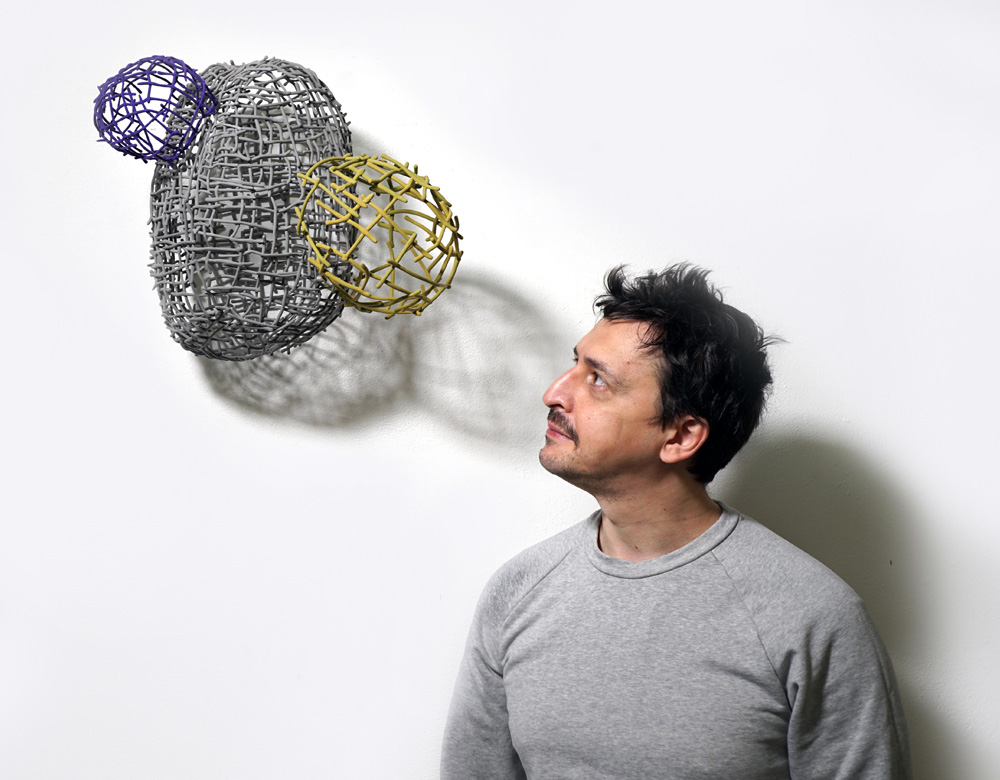 Can you tell us about your journey from studying chemistry to becoming an artist? What inspired this transition?
Can you tell us about your journey from studying chemistry to becoming an artist? What inspired this transition?
I worked as a chemist and spent much of my salary on useless things. That’s why my parents advised me to save money. Maybe they were hoping for a savings book or a house, but I had thought of art objects, things of not only monetary but also symbolic/artistic value. At some point in my life, however, I found myself without a job and with no more money. I thought I would find a job right away but it was the time of the economic crisis and I preferred to capitalize on my time by following the courses at the Academy of Fine Arts in Bari where I was born. To then follow also to Milan where my sister lived, a great supporter of my passion. In Milan I attended a course entitled “thinking design” taught by Japanese designer Kazuyo Komoda. She taught me to follow my spirit and design design works that you feel the need for, without waiting for a company to commission a product. I began to perceive that I had ideas and I had the need to express projects, make images and that I could make those works myself that responded to a certain idea of art and beauty that I had. Which was the same one I was looking for in my art purchases.
How has your background in chemistry influenced your approach to creating art?
My analytical and practical approach comes from scientific studies but my way of creating is influenced by my nature, curious, childish, playful and enchanted.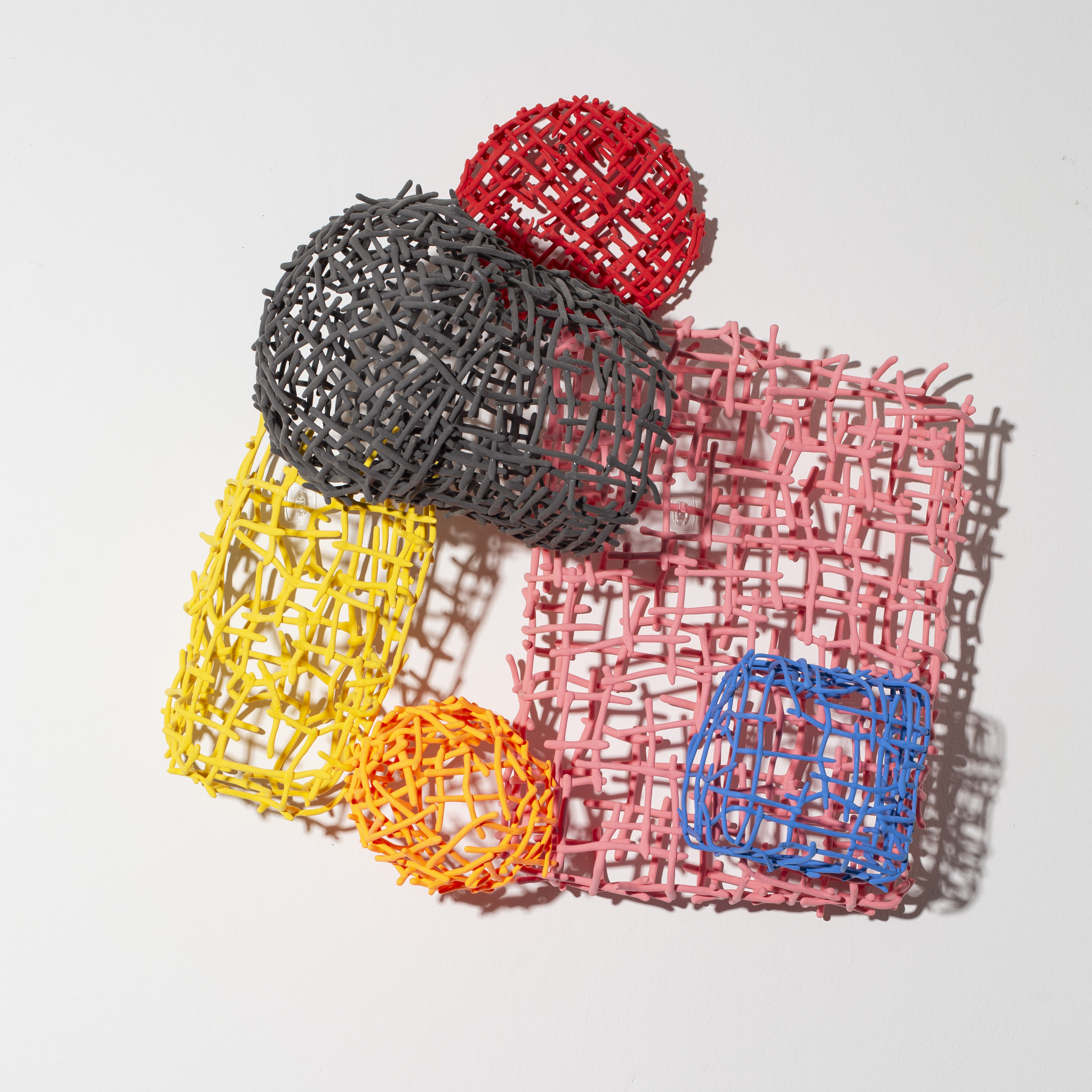
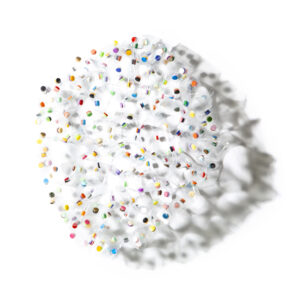 How do you decide on the forms and colors used in your sculptures? What role does color play in your work?
How do you decide on the forms and colors used in your sculptures? What role does color play in your work?
There are many suggestions that influence my work: the history of art, fashion, design, the movies I see or the books I read, but also objects of daily life that I have at home that I enjoy using as well as childhood memories and moments of fullness of adult life.
The color in my works is very important. every shade is a mood and by combining them I can evoke a feeling, a bit like the different components of a perfume.
Can you share any unusual stories or ideas behind any of your work?
I had recently moved into my current house, it was afternoon, there was a nice light, I had the bathroom door open and you could see the sink. I must say that it was a sink designed by Achille Castiglioni in the 70s. I saw it and found it beautiful, I was happy to have such an object in the house and so I made a cast of it and much more to make it a work of art.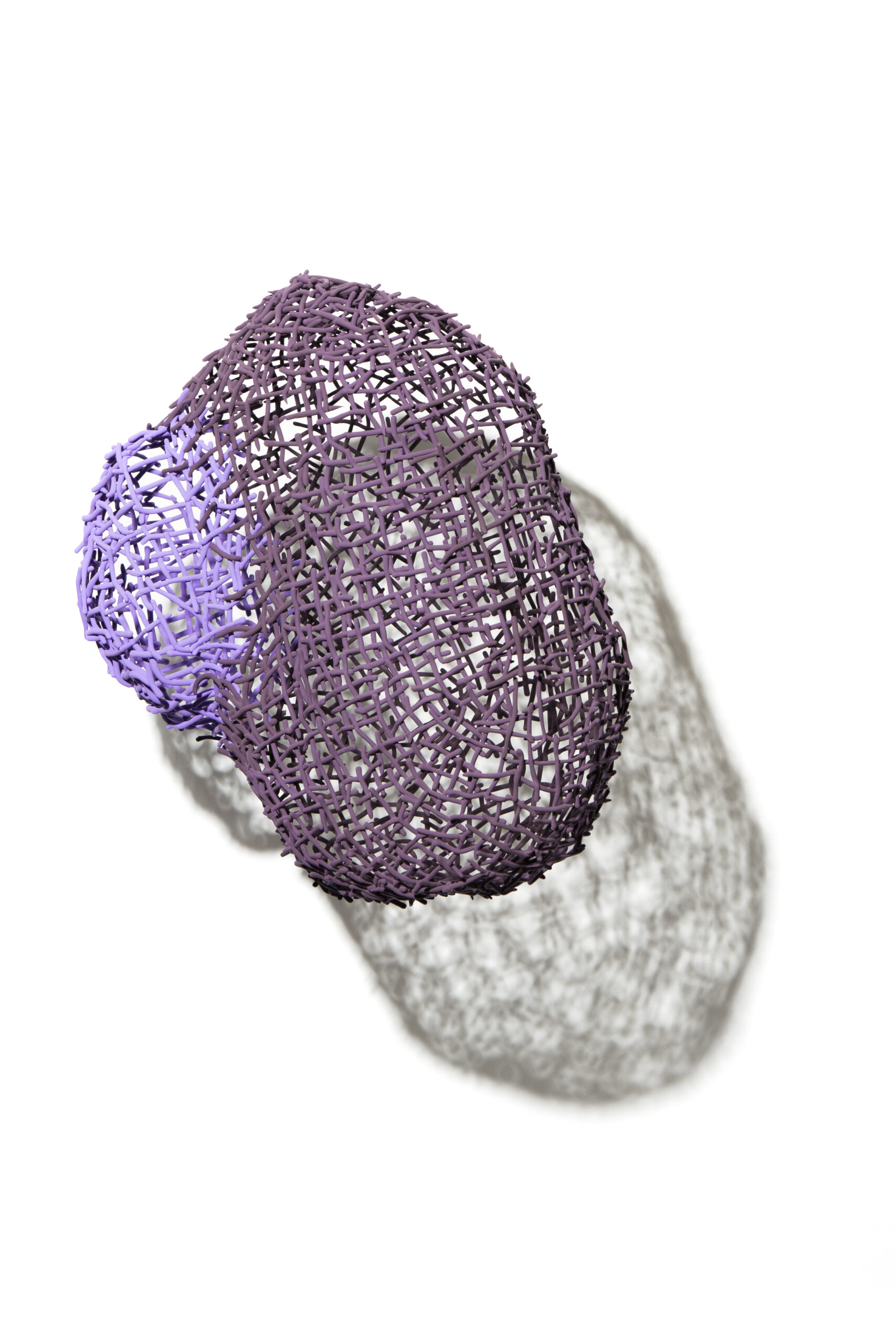

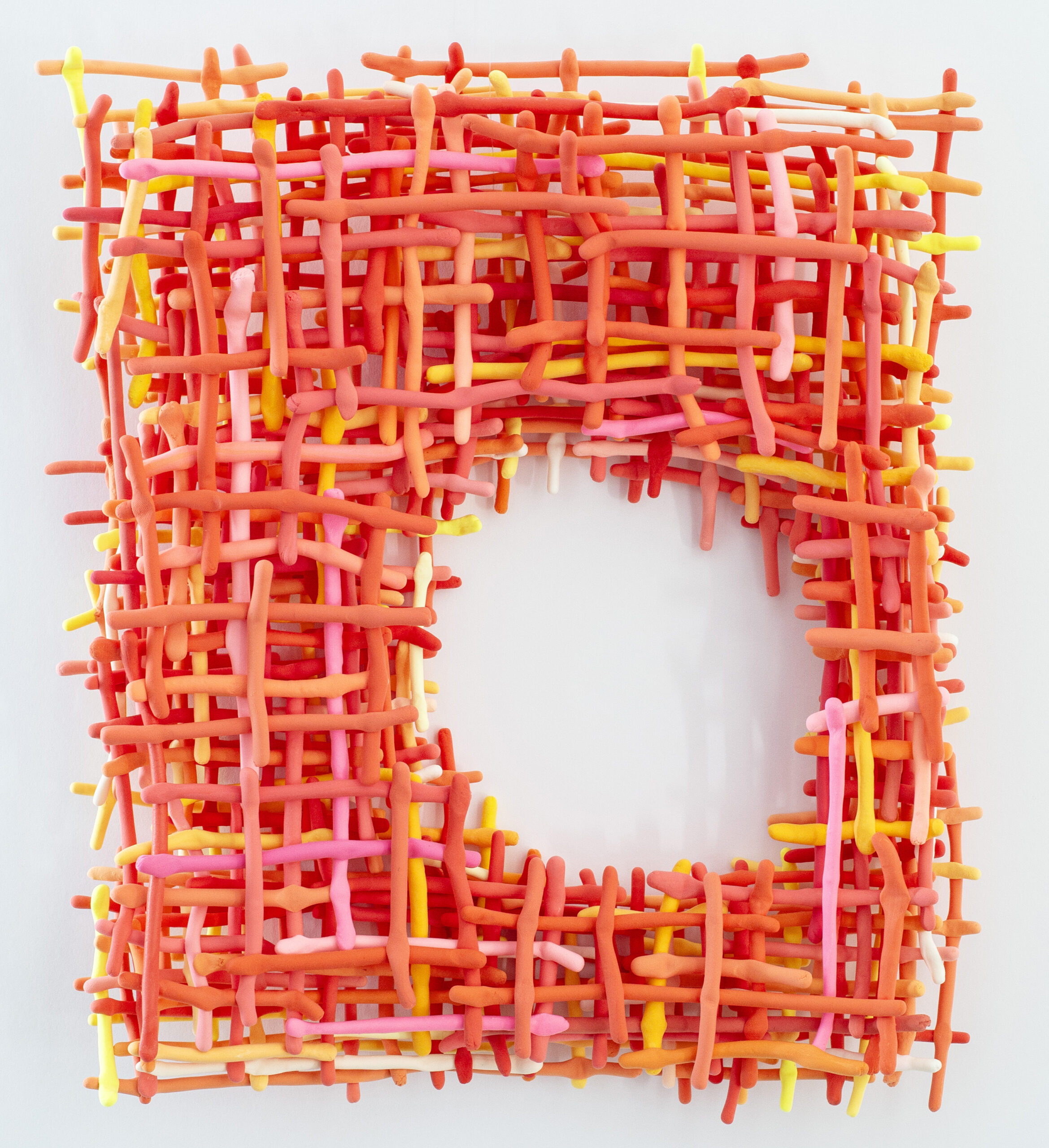
Leave a Reply
You must be logged in to post a comment.